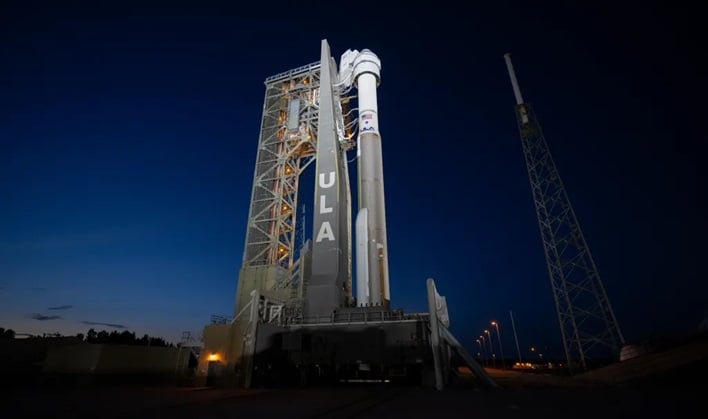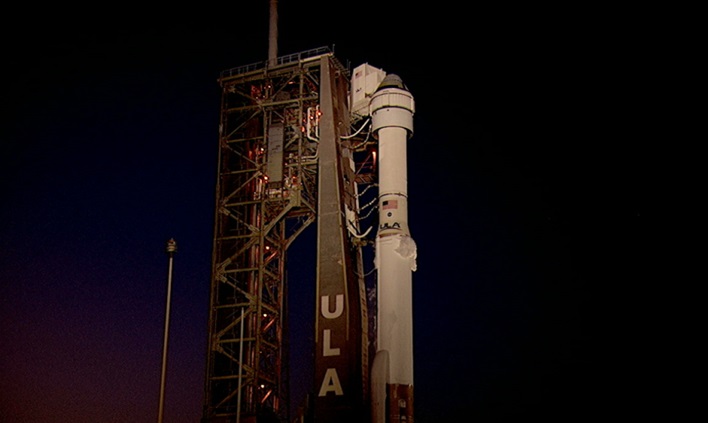Why NASA Aborted Boeing's First Crewed Starliner Launch To The ISS

NASA astronauts Butch Wilmore and Suni Williams were already aboard the Starliner spacecraft awaiting liftoff, but had to exit the spacecraft because of a technical issue that prevented the launch last night. The space agency reported that the delay will allow teams to complete data analysis on a pressure regulation valve on the liquid oxygen tank of the Atlas V rocket’s Centaur upper stage, giving them time to decide whether to replace the valve.
“What you would typically do is activate solenoid that forces the valve closed, cycling the valve, if you will ... and it almost always stops,” remarked Tory Bruno, CEO of United Launch Alliance. “Once we had the crew off, we cycled the valve, and it stopped buzzing.

Bruno added that if it had been a satellite launch, the satellite would already be in orbit following a successful cycling of the valve. However, since the launch included humans, flight rules called for the launch to be scrubbed and to remove the crew from the spacecraft before cycling the valve.
The valve in question is used to maintain the proper pressure inside the Centaur stage’s liquid oxygen tank. Bruno added it is qualified for 200,000 open-and-close cycles. While the valve does not have a sensor to monitor the amount of times the valve opens and closes, the engineers plan to analyze accelerometer data from sensors mounted on the Centaur stage’s two RL10A rocket engines to determine how many times it has.
If the valve is determined to still have enough cycles left, ULA may go ahead with another launch attempt on May 10. However, if the valve needs to be replaced, the Atlas V will have to be transported back to the hangar for repairs. If it needs repair, the earliest launch attempt would be Sunday, or later in the week.
“Good things are worth waiting for, and we’ll get a chance to see that rocket and spacecraft (get) off the pad here soon,” remarked NASA’s associate administrator for space operations Ken Bowersox. “We still have to gather more data. We don’t have a definitive plan for you yet — that will come as soon as we can provide it.”

